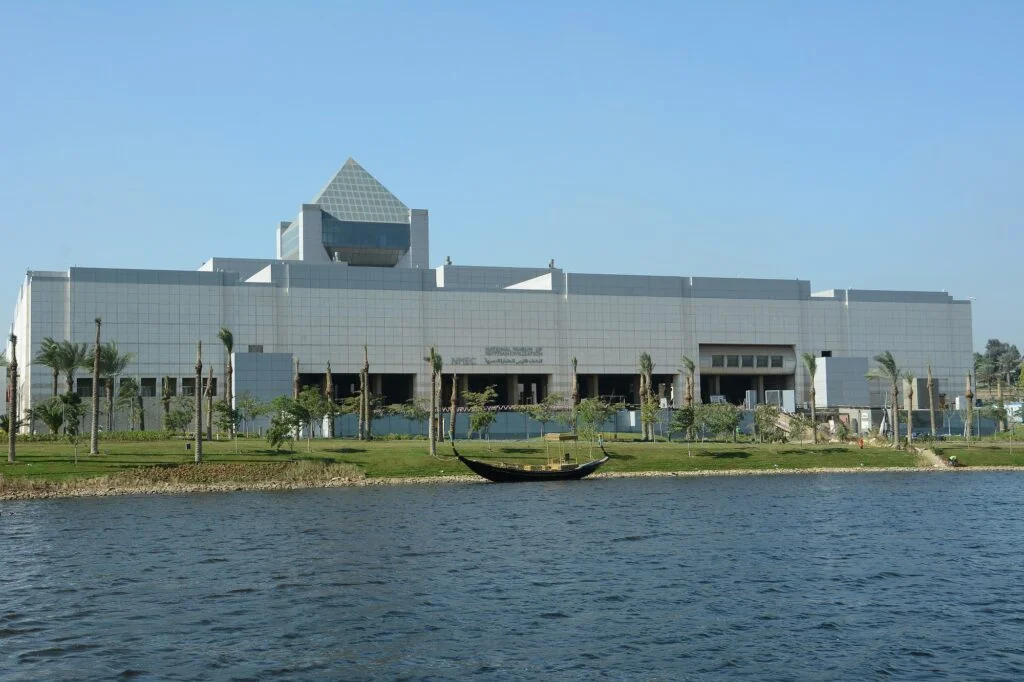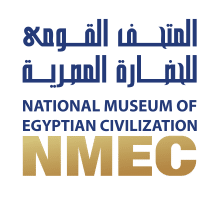In 1982, UNESCO has launched at the request of the Egyptian government, a global campaign for the establishment of the Nubia Museum in Aswan and NMEC in Cairo. The existing design, by an Egyptian architect, was the winner of an international architectural competition.
In 1999, the joint efforts of the Egyptian Government resulted in finding a suitable site at Al-Fustat neighborhood for the birthplace of the NMEC project. This specific site was chosen instead of the previously selected one, currently known as “Opera”.
NMEC’s foundation stone was laid in 2002, despite the archeological excavations that took place at the museum’s areas since the early 2000s. The joint efforts of UNESCO, the Egyptian Authorities, and the Ministry of Culture collectively aimed at establishing a museological institution that reflects the various cultural aspects of Egypt’s rich history through adopting aesthetically and technologically advanced methods used at the 21st renowned museums.


In 2017, the temporary Exhibition Hall (“Egyptian Crafts through the Different Eras”) was inaugurated in the presence of Ms. Irina Bokova, Director-General of UNESCO. This hall covers an area of 1000 square meters, and showcases the four main crafts that shaped the Egyptian culture: Pottery, Wood, Textile, and Ornaments. Approximately 400 artifacts from different time periods are displayed, as well as a number of short films highlighting the distinctive characters of these authentic Egyptian crafts.
